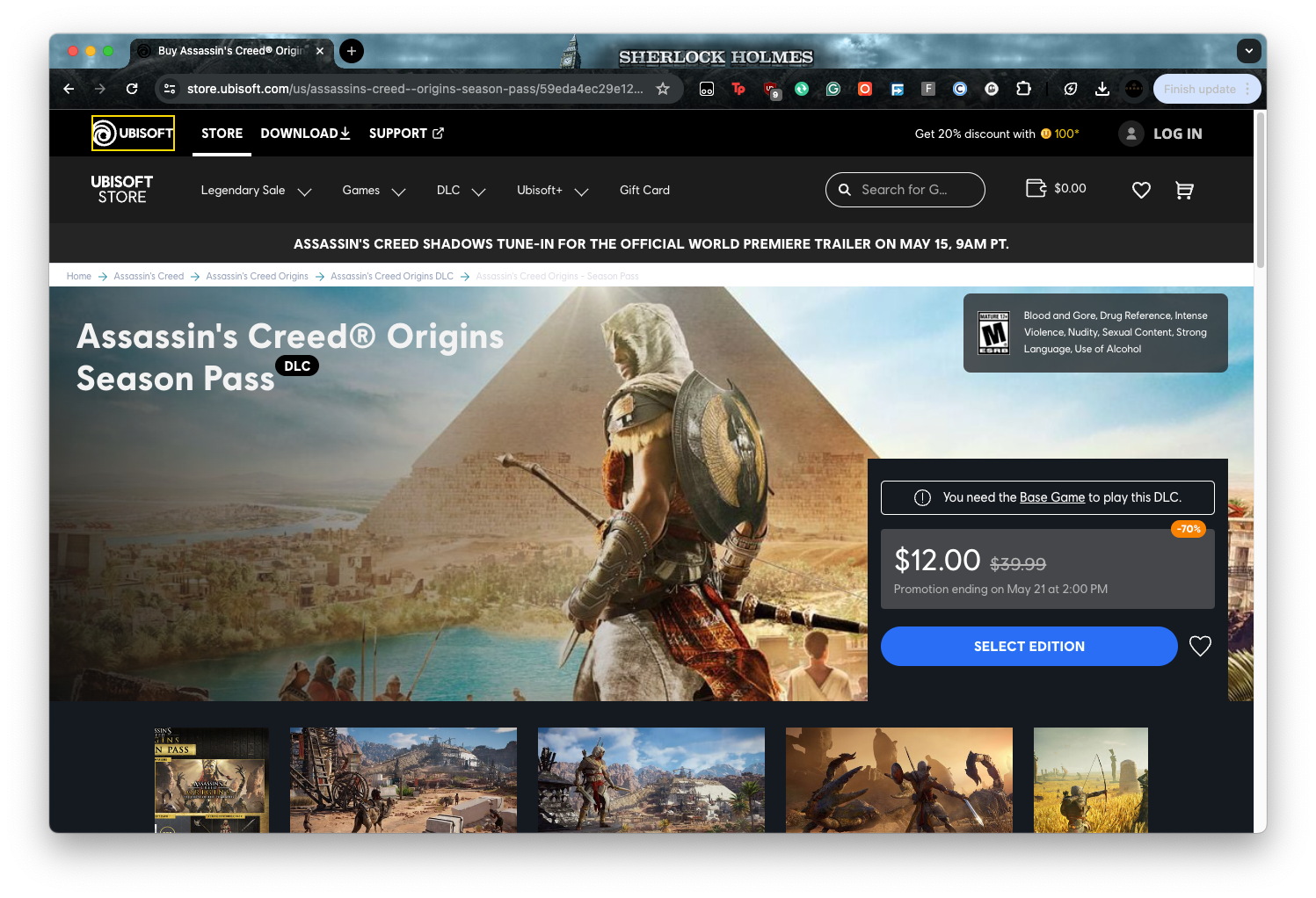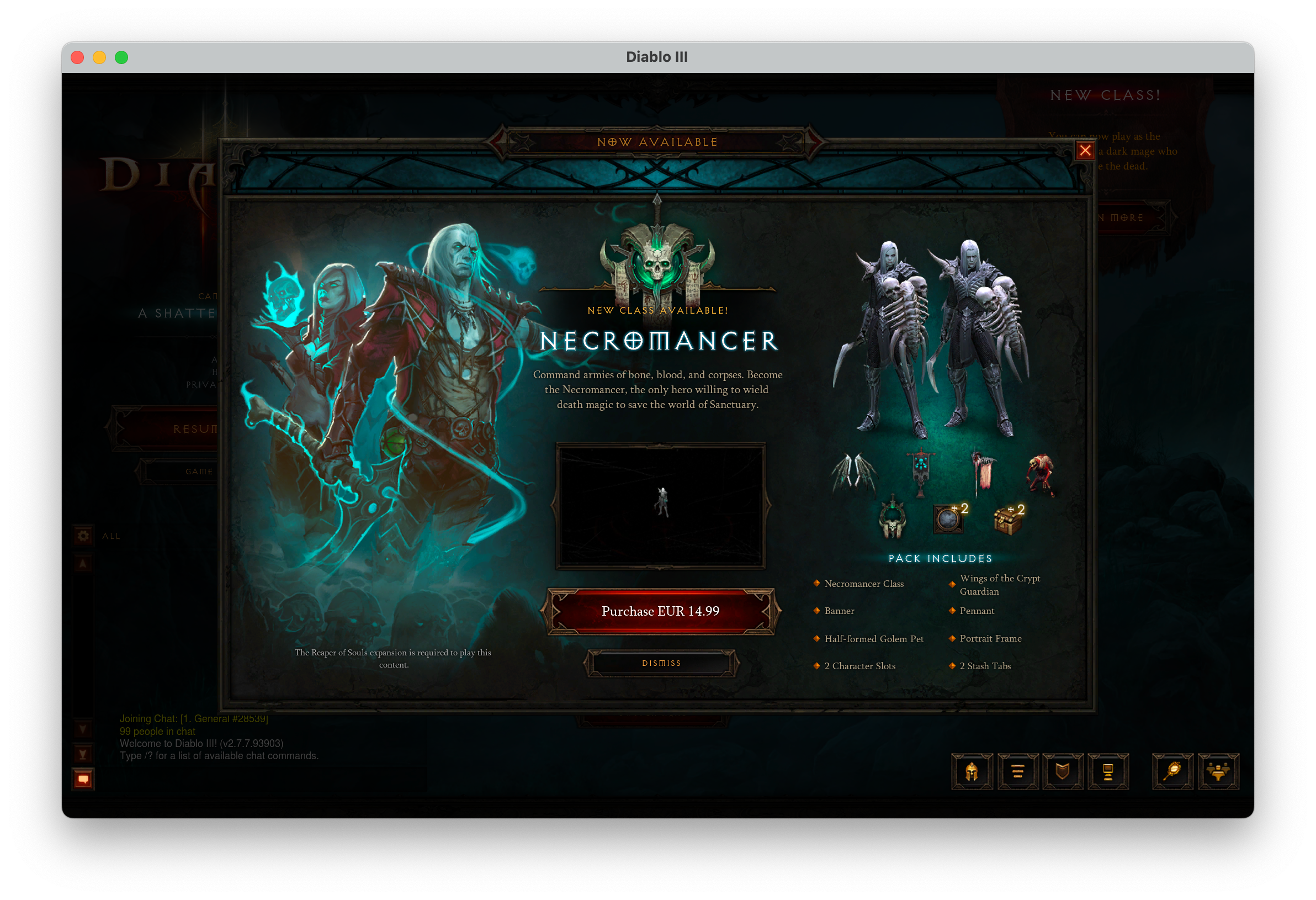Key Takeaways
- Microtransactions stem from the desire for more profits and have become common in both free and premium games.
- Premium games have started incorporating microtransactions, often leading to backlash from consumers.
- Microtransactions can lead to a bloated gaming experience and may hinder the overall enjoyment of a premium game, making them unnecessary.
Microtransactions (also known as MTX) have been popularized mainly by freemium games. They are optional payments that help game developers and publishers make money from games they otherwise might not have. However, microtransactions have increasingly snuck into premium, paid games. Is this trend, perhaps, justifiable?
Why Do Microtransactions Exist in Video Games At All?
You might recall a time when microtransactions did not exist. You bought a game, and that was it—you owned all the content in it. But let’s be completely honest: did that ever really exist?
Going back to the time of playing video games in an arcade, developers created games to wring as much change from your pocket as they could. Some arcades had games with items you could purchase with real money. These in-game items were designed to make the game a little easier or to give you extra health. So, when games moved to homes from arcades, the culture of in-game microtransactions followed them.
At first, it came as expansion packs (now known as DLC), which you had to buy separately to expand the game’s content. But it didn’t take long for developers to realize they could make more money from selling small bits of seemingly inconsequential content for a token price.
Eventually, this trend led to the introduction of loot boxes and gacha microtransactions. These were not just game-changers but financial jackpots. In fact, one of the pioneers in this field, ZT Online (2007), was raking in a staggering $15 million monthly at its peak.
Before we knew it, we had Facebook games like Farmville that offered Farm Cash to make the game easier to play and progress faster. From there, it made its way to mobile as smartphone games, like Clash of Clans.
Now, they have become a core monetization component of freemium games. Some free games have based their business model on dynamic seasonal content called battle passes, which works on a subscription-type model. Fortnite and Call of Duty: Warzone are the most famous examples. For these free games, it might be the only way to keep the games free.
But what about premium games? Should they have microtransactions?
Why Microtransactions Are Appearing in Premium Games
So why are we seeing microtransactions in premium, even AAA, games? The short answer to this question is more money. We are at a time in the entertainment industry where it’s not enough to make a decent profit, but the company must grow every year.
This ideology has seeped strongly into the highly lucrative gaming industry, and most (if not all) of the perpetrators are publicly traded corporations eager to please shareholders.
However, it didn’t start today; we can see signs of this as far back as 2006. The most infamous early example was Horse Armor in The Elder Scrolls: Oblivion (2006). Horse Armor was a $2.50 DLC package Microsoft and Bethesda added to the Xbox 360 release of the game.
The DLC caused a lot of uproar on the internet and became something of a meme representing video game features that are useless and overpriced. However, reports indicate that the DLC was still a huge financial success.
Another indicator of how successful in-game microtransactions can be is Blizzard Entertainment’s Overwatch, released in 2016. It was an online multiplayer game, sold for anything between $40 to $60. Overwatch was filled with cosmetic microtransactions and loot boxes (which could be earned or bought), and it was still a commercial and critical success.
Many other publicly traded game developers have followed suit, releasing full-fledged premium games with $60 or more price tags, trying to make extra money from their releases.
Are Microtransactions Good for the Gaming Industry?
On the surface, more money in an industry is always a good thing. It allows companies to have bigger budgets to research and develop better games, and it allows better marketing to introduce the products to diverse audiences.
Also, without microtransactions, free games would not exist or would have little to no support. In that sense, microtransactions can be positive since they give gamers an opportunity to support the industry. But if we’re being honest, putting them in a game you’ve already paid for in full doesn’t help anybody but the company.
Some might argue that it’s not doing any harm, and microtransactions in premium games aren’t compulsory; they offer only cosmetic changes. The problem, though, is that when you give a profit-driven company that kind of access, it’s almost always exploited to the consumer’s detriment.
Paying More to Experience Less
Let’s look at Middle-earth: Shadow of War as a case study. It was released as a sequel to Shadow of Mordor, a well-received game using the proprietary nemesis system.
Piggybacking off the success of its predecessor, the game was released with microtransactions and loot boxes (War Chests) specifically designed to force you to pay or grind harder to finish the game. This was met with severe backlash, and eventually, in 2017, roughly a year after its release, they had to remove all microtransactions from Shadow of War.
Apart from the inherent gambling nature of loot boxes, as a creator and an artist, doesn’t it feel fundamentally wrong to offer people a way to pay to experience less of your creation? It gives people the idea that your game is a chore, which shouldn’t be the case.
Bloat and Battle Passes
Another way you can tell microtransactions don’t have a place in premium games is that they only worm their way into established franchises. Ubisoft is a good example of this, seeing as it has added seasonal passes to many titles in their (mostly) offline single-player adventure series, Assassin’s Creed.
Battle passes in games like these use fear of missing out and other psychological tricks to make you purchase them. It’s basically like Horse Armor all over again since you’re paying for skins and cosmetics, which only you will see.
Companies add these to leverage the cumulated love and loyalty some fans have to these established series—even though they know many wouldn’t like it. In the end, it comes off as parasitic.
What makes passes even worse is that you have to play the game for a certain amount of time to earn the content on them. We’ve explored more on why you shouldn’t pay for passes in a dedicated piece.
Additionally, these games end up being bloated, as content you’ve bought, downloaded, and installed is locked behind an additional paywall. This will cost the paying player more internet bills for content they will likely never get to experience.
A Dishonest Means of Collecting More Money
If a role-playing game was listed for only $40 and you bought it, only to play it and discover that the hero class you would have loved to play is locked behind an additional $10 paywall—how would you feel? Cheated? That’s because you were.
It’s downright dishonest to create a core game mechanic and exclude it as an option in the base game. Because you’ve spent $40 already, you might as well spend $10 more to enjoy the game.
Once again, Blizzard makes an appearance. Diablo III costs $19.99, and the Necromancer expansion costs $14.99. It’s unfair that a separate expansion pack that pretty much adds only a class is worth almost as much as the base game. That means Blizzard is fairly confident that the necromancer class is the sole reason some people want to play the game. Yet, it’s not included as part of the standard offer.
More recent premium games, such as Diablo IV and Dragon’s Dogma 2, have also received criticism for their use of microtransactions.
Despite the belief that microtransactions are a good way to farm more money off game releases, many premium games have not included any of these tactics, but they have still sold well. The Game Awards 2023’s Game of the Year, Baldur’s Gate 3, for instance, has no microtransactions yet has become one of the most popular and successful video games of its time.
This is proof that it’s not necessary, and the companies behind these games can still make good money without tainting the sanctity of their craft. Hopefully, we will see a reduction in this trend in the future, but for now, we can only discourage it by not indulging.












